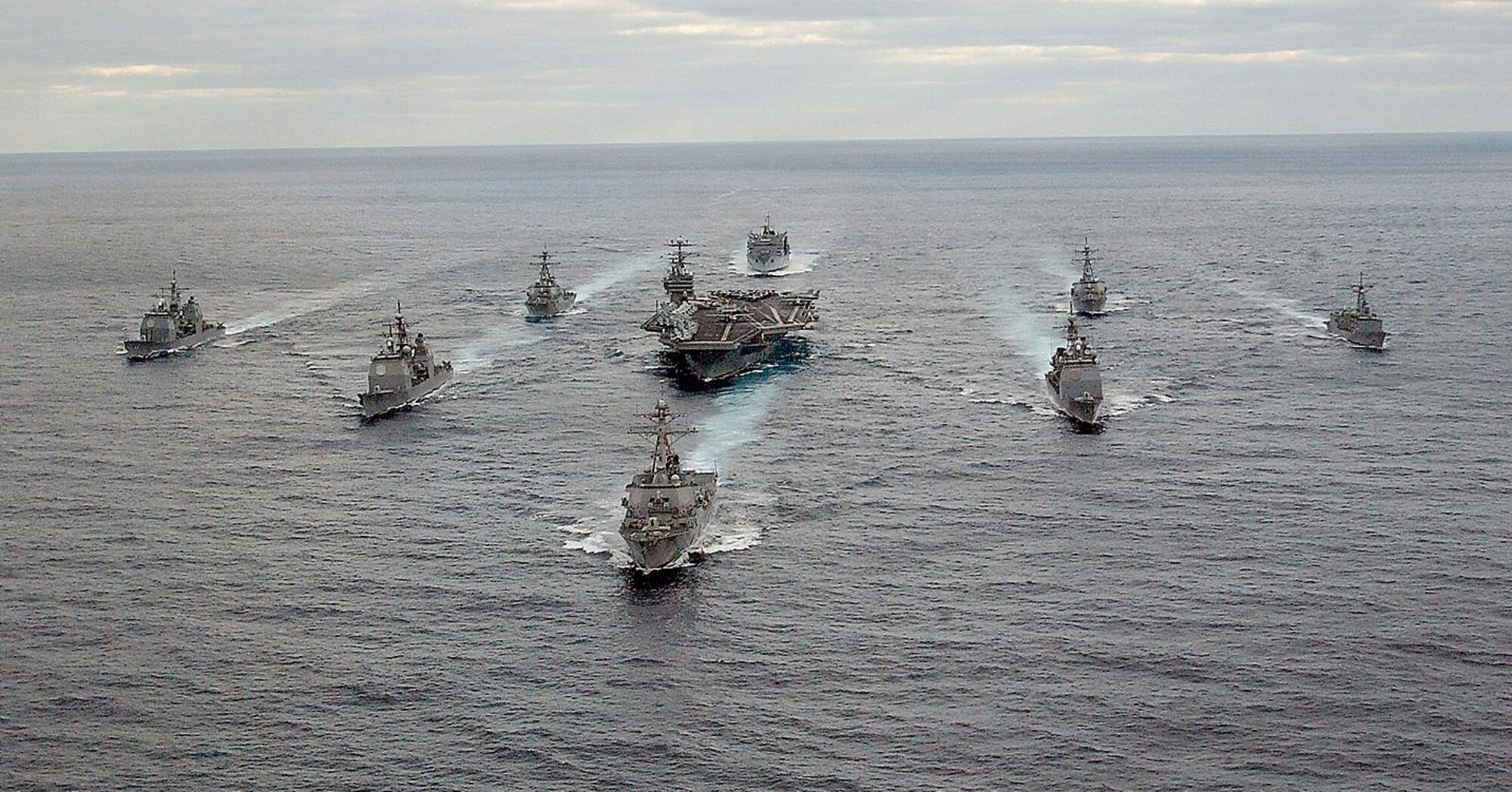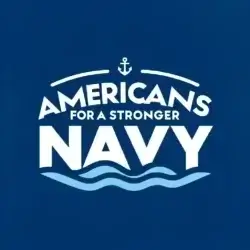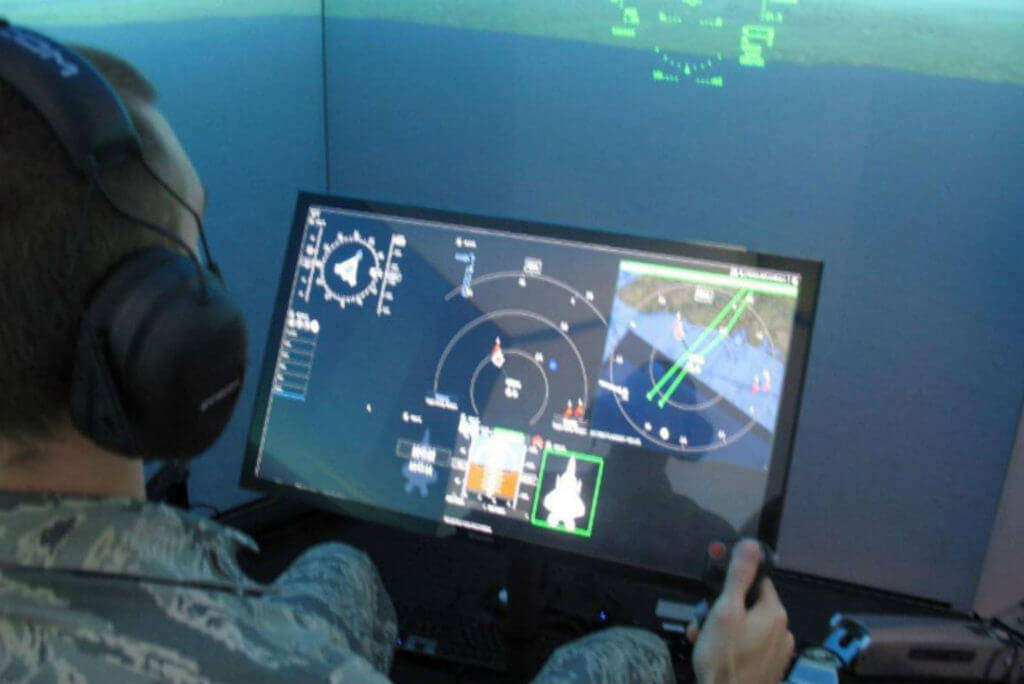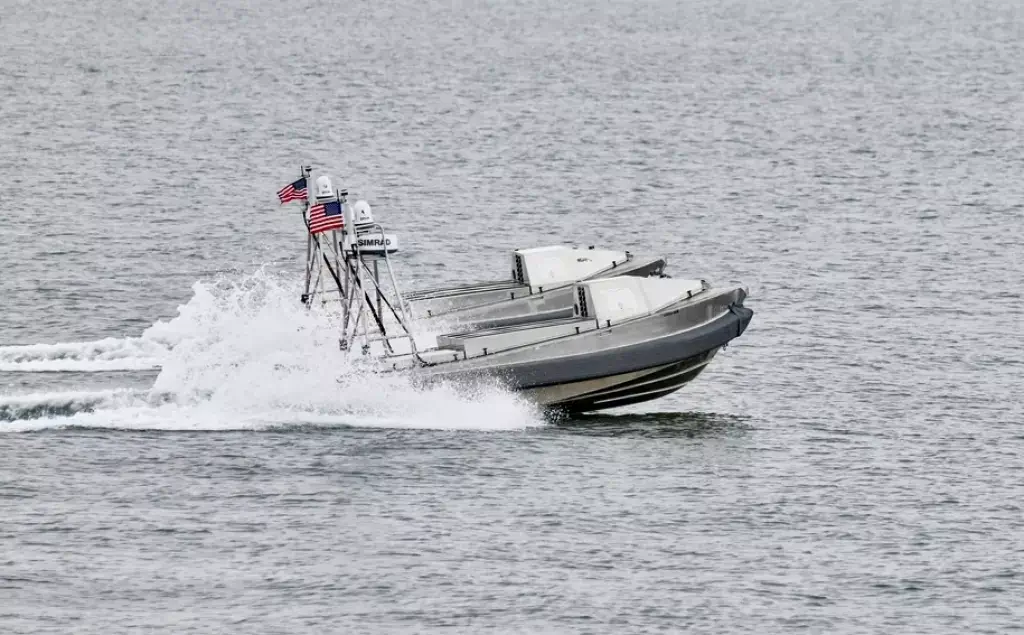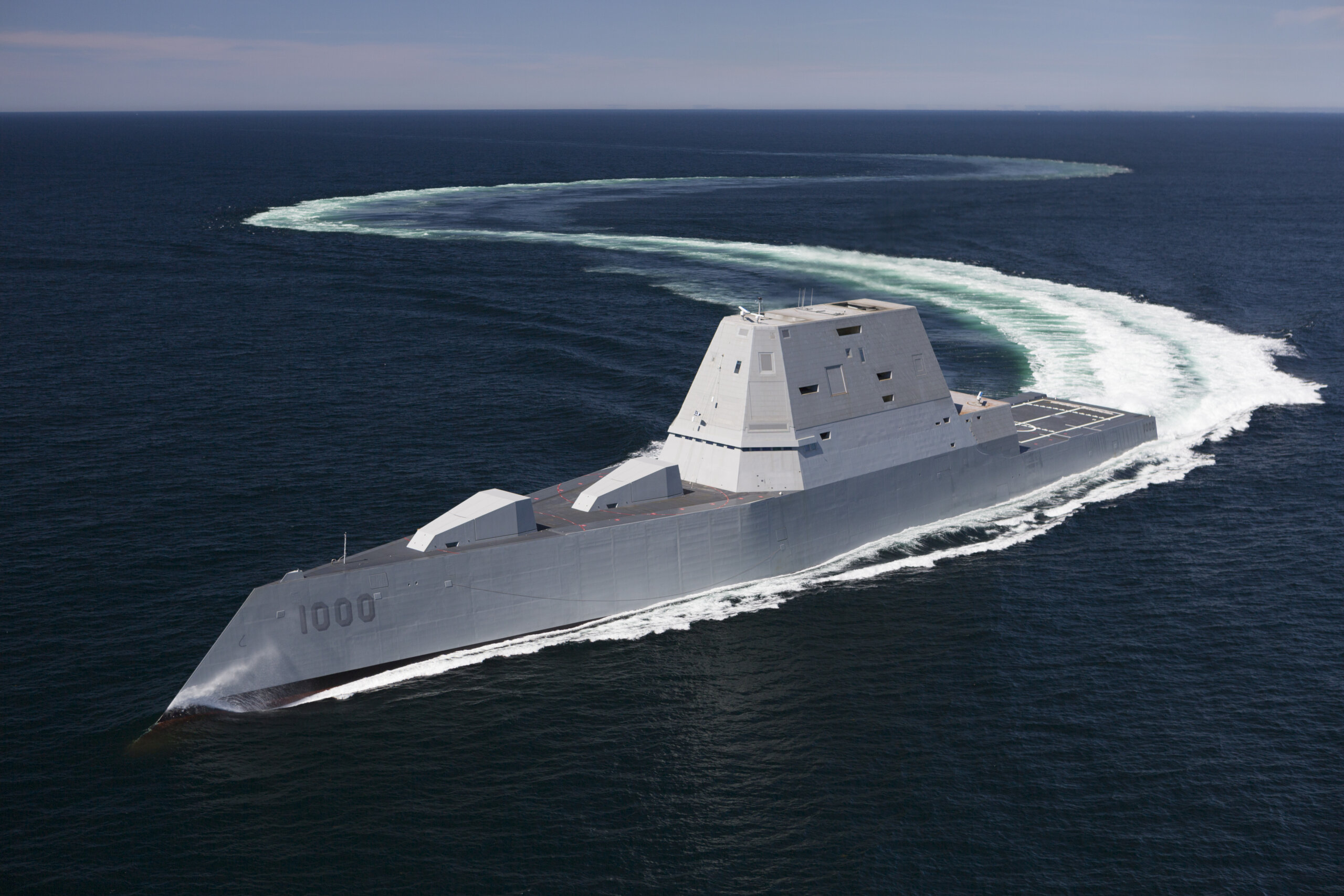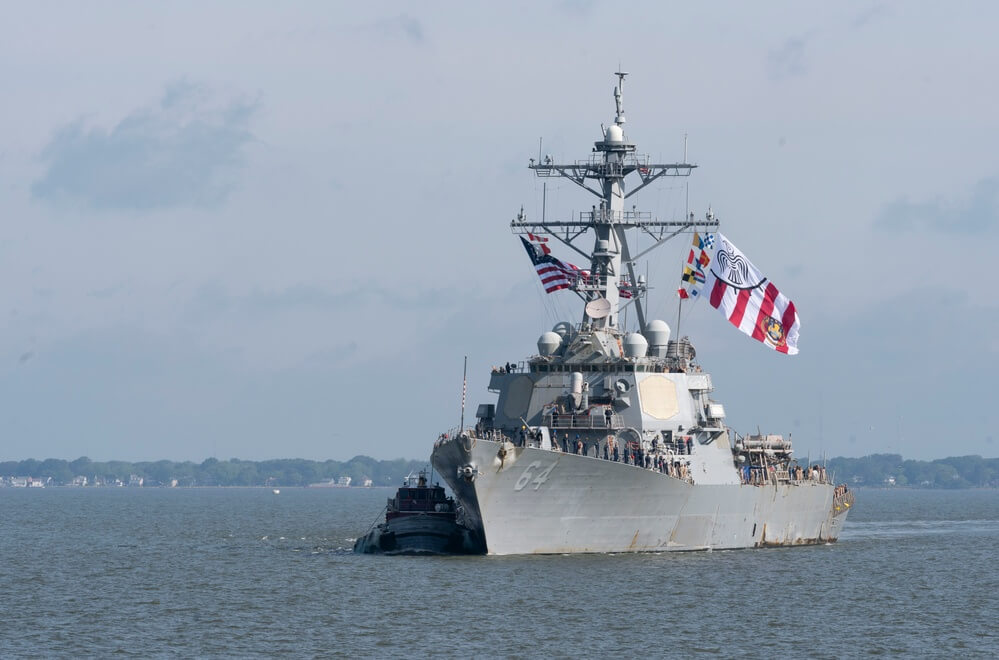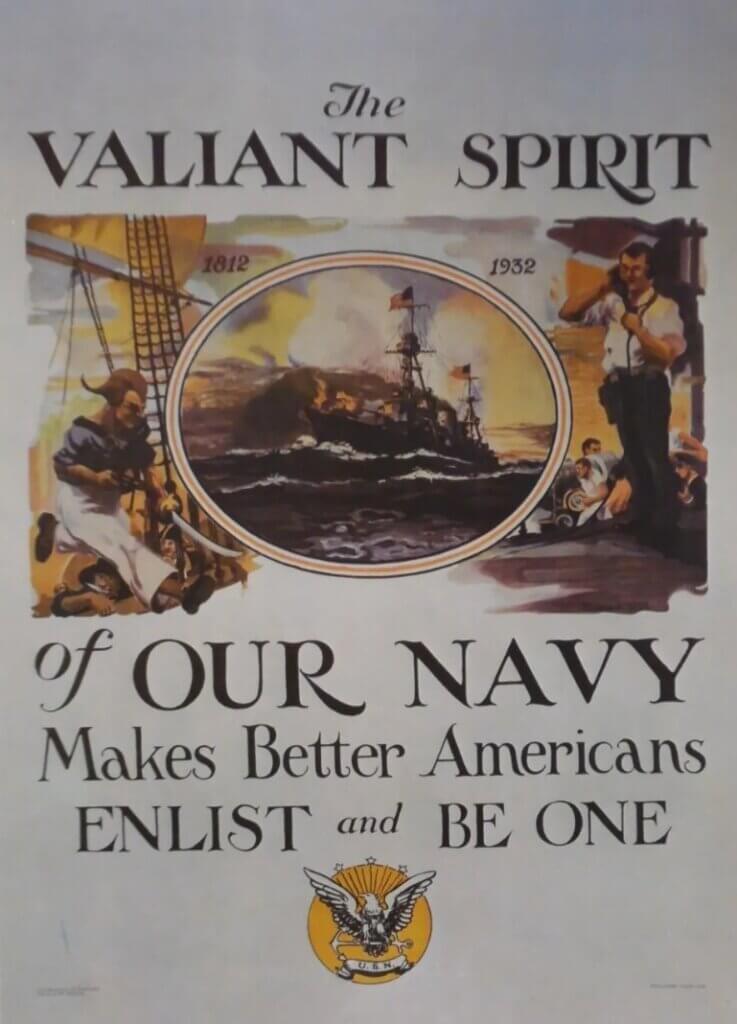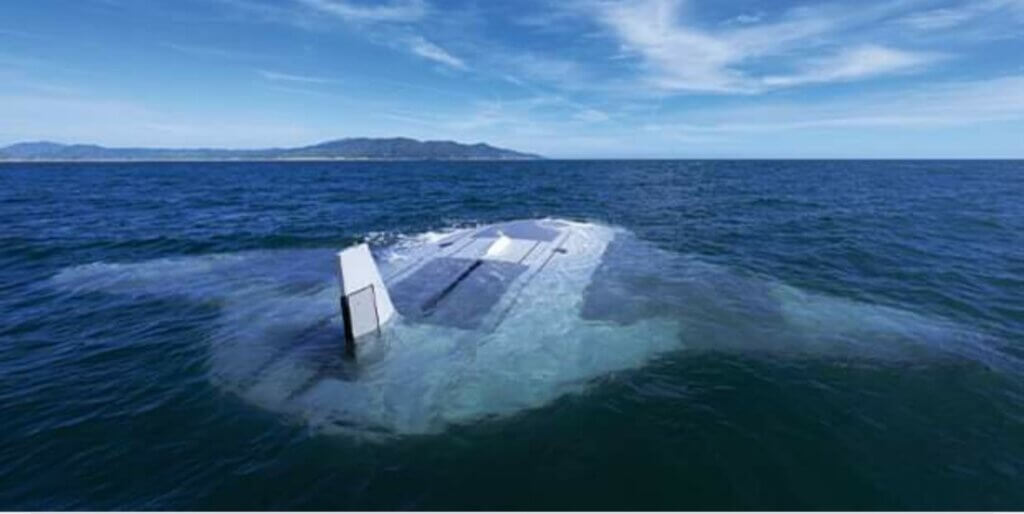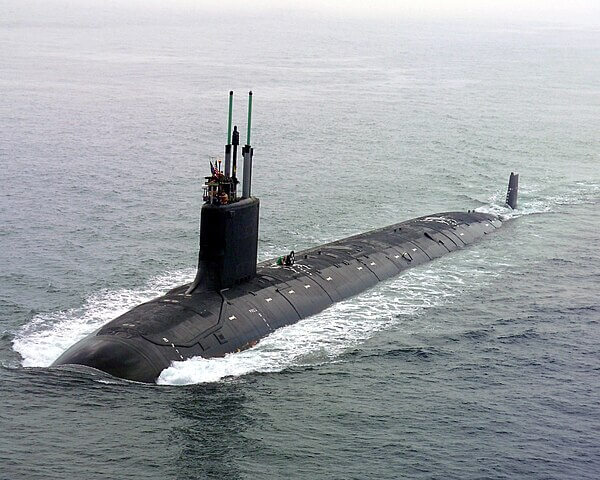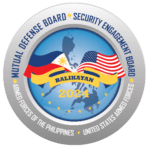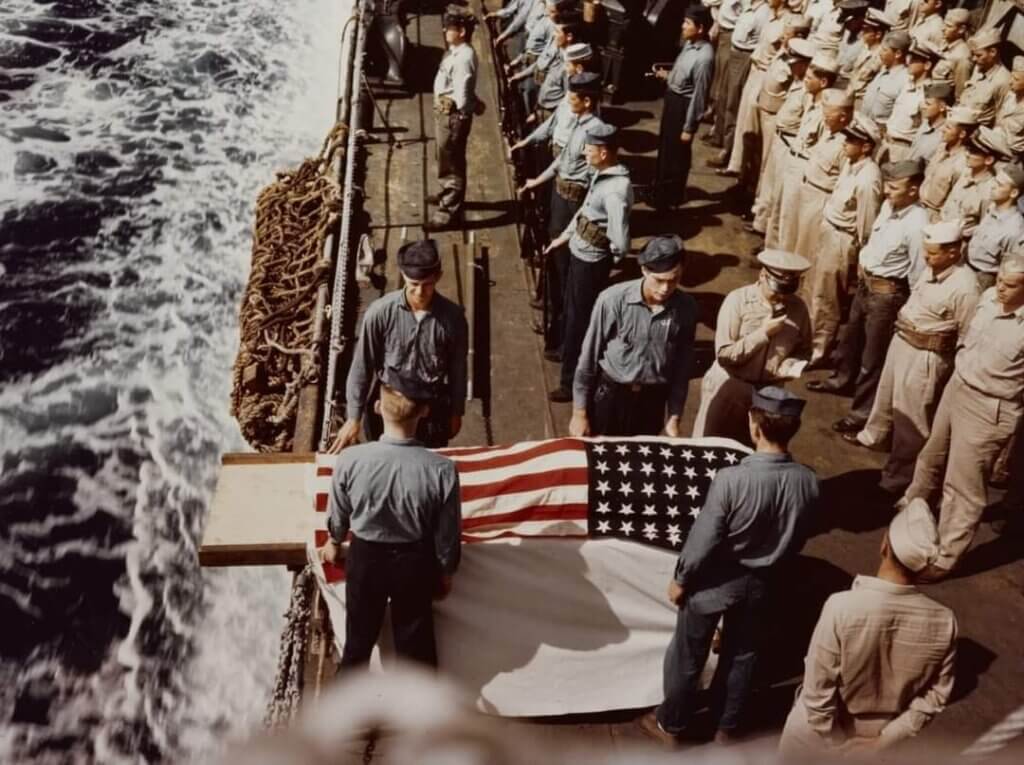
Memorial Day is a time for Americans to pause and reflect on the sacrifices made by those who have served our country, particularly those who have given their lives in the line of duty. As members and supporters of Americans for a Stronger Navy, today holds special significance for us. We honor the valor, dedication, and ultimate sacrifices of our naval forces who have safeguarded our freedom across the world’s oceans.
Our Navy has a storied history of bravery and resilience, epitomized by countless acts of heroism in battles across different eras. Each Memorial Day, we pay tribute to these heroes, ensuring their legacies live on and their sacrifices are never forgotten. Today, we share heartfelt stories from the Navy user community that highlight the profound impact of these sacrifices.
One poignant story comes from a Navy Ships member @CarolynGardner replying to one of our blog posts whose father served on the USS Quincy. The Quincy was tragically torpedoed during its service, and the torpedo hit the very station where this brave sailor was on duty. A survivor recounted this tale at a Quincy reunion, a testament to the enduring bond and memories shared by those who served. We remember and honor this father and all others who sacrificed their lives in the Solomon Islands campaign, ensuring that their bravery continues to inspire us.
Another tribute comes from a community member @TonyElumn who honors their uncle, STM2 Henry Jordan, who was lost with the USS Indianapolis. The Indianapolis tragedy is one of the most harrowing in naval history, and the bravery of those aboard is etched into our collective memory. To STM2 Henry Jordan and all fallen shipmates, we extend our deepest gratitude. Your service and sacrifice are solemnly honored this Memorial Day.
We also remember the touching account of a reader whose father, BM1 Morris Pratt Sr., served aboard the USS South Dakota BB-57. He bore the solemn duty of preparing fallen comrades for burial at sea, ensuring they were laid to rest with dignity and honor. His actions reflect the deep respect and camaraderie among sailors, even in the darkest of times.
Finally, it’s important to acknowledge not just those who perished but also the sailors who support their shipmates in every capacity. The strength of our Navy lies not just in its ships and weapons but in the unwavering bond and support among its personnel. This Memorial Day, we recognize and appreciate all sailors, past and present, for their unwavering dedication to duty and to each other.
As we commemorate this day, let us also pledge to support the families of the fallen, uphold the values they fought for, and strive to maintain the strength and readiness of our Navy. Their sacrifices demand nothing less than our utmost respect and commitment.
In closing, let us take a moment to remember and honor all those who have given their lives for our nation. Their bravery, sacrifice, and unwavering service are the bedrock of our freedom. On this Memorial Day, and every day, we salute them and hold their memories close to our hearts.
Thank you to all our naval heroes and their families. Your sacrifices will never be forgotten.
Americans for a Stronger Navy
